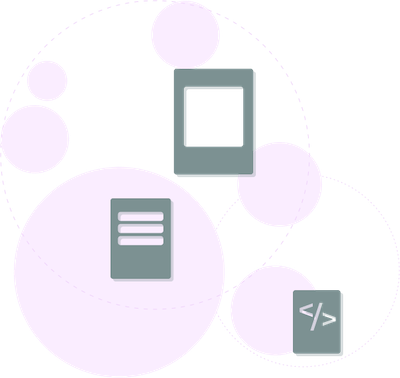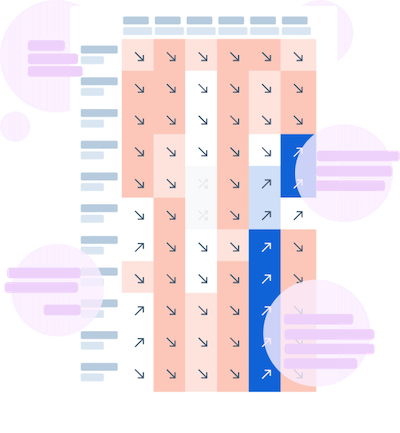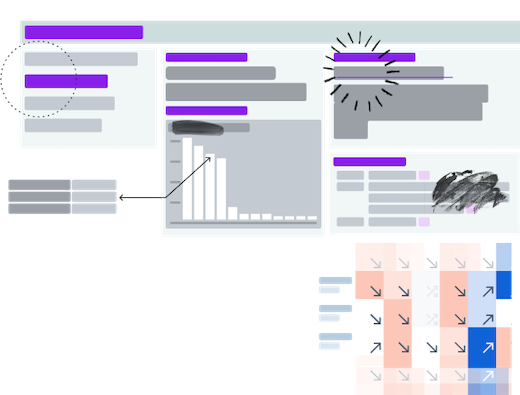1. Before you begin
Identify stakeholders and collaborators across your dataset’s lifecycle who can contribute to the Data Card. This ensures that your Data Card is accurate, complete, and faithful to the most recent knowledge in the domain.
Use the Typology of Stakeholders to identify key voices across your dataset's lifecycle.



